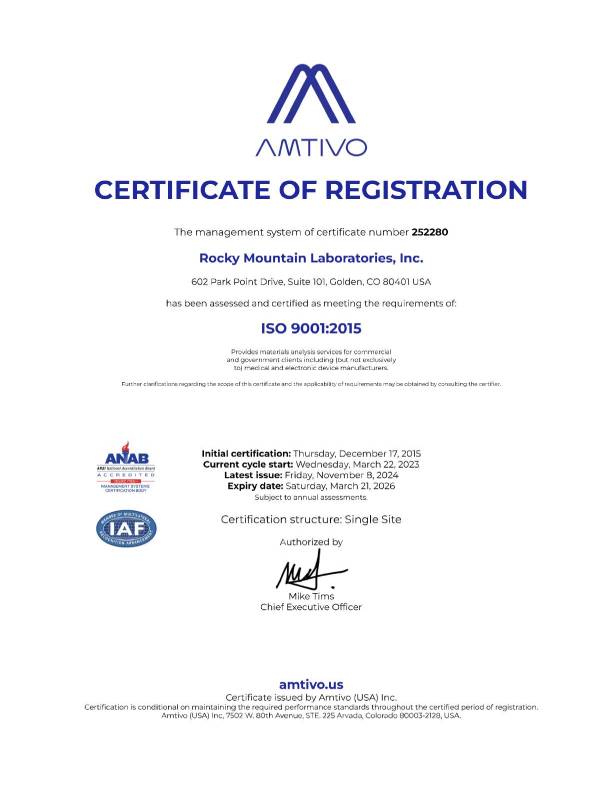X-ray Photoelectron Spectroscopy (XPS), also known as Electron Spectroscopy for Chemical Analysis (ESCA), is a powerful analytical technique employed in the characterization of composite materials. Composite materials, which consist of two or more different components, present unique challenges in terms of understanding surface composition, bonding, and the distribution of elements. XPS is instrumental in providing valuable insights into the chemical composition and surface properties of composite materials.
Key Applications
1. Surface Composition Analysis
XPS is widely used to analyze the surface composition of composite materials. It can identify and quantify the elemental composition of the outermost layers, helping researchers and engineers understand how different components segregate or interact at the material’s surface.
2. Chemical State Identification
In composite materials, different components may exist in various chemical states. XPS is capable of distinguishing between different chemical states of elements, providing information on oxidation states, bonding configurations, and chemical transformations occurring at the surface.
3. Interface Analysis
Understanding the interface between different materials in a composite is critical for optimizing performance. XPS can be employed to investigate the chemical nature of interfaces, helping to assess the adhesion and compatibility between different components in a composite.
4. Quality Control in Manufacturing
XPS is valuable for quality control during the manufacturing of composite materials. It ensures that the desired chemical composition is achieved, identifies potential contaminants, and verifies the consistency of the material’s surface properties.
5. Surface Modification Studies
For composites subjected to surface treatments or modifications, XPS is essential for monitoring changes in the chemical composition. It helps assess the success of surface modifications, such as coatings or functionalization, and their impact on the overall properties of the composite.
Advantages of XPS Analysis in Composite Materials
- Surface Sensitivity: XPS is highly surface-sensitive, providing information about the top few nanometers of the material. This is crucial for characterizing the outermost layers of composite materials.
- Quantitative Analysis: XPS allows for quantitative analysis of elemental composition, providing accurate information about the concentration of each element present in the material.
- Chemical State Information: XPS provides detailed information about the chemical state of elements, aiding in the understanding of chemical bonding and reactions occurring at the material’s surface.
- High Resolution: XPS offers high resolution, enabling the identification of subtle changes in the chemical environment, which is essential for studying composite materials with complex structures.
XPS analysis is a key tool in the characterization and development of composite materials. By providing detailed information about the surface composition, chemical states, and interfaces within composites, XPS contributes to optimizing material performance, ensuring quality, and advancing the understanding of these multifaceted materials.
For comprehensive XPS analysis services tailored to your composite material needs, Rocky Mountain Laboratories combines expertise with state-of-the-art equipment. Contact us today to explore how XPS can enhance your research, development, and quality control processes in the realm of composite materials.



